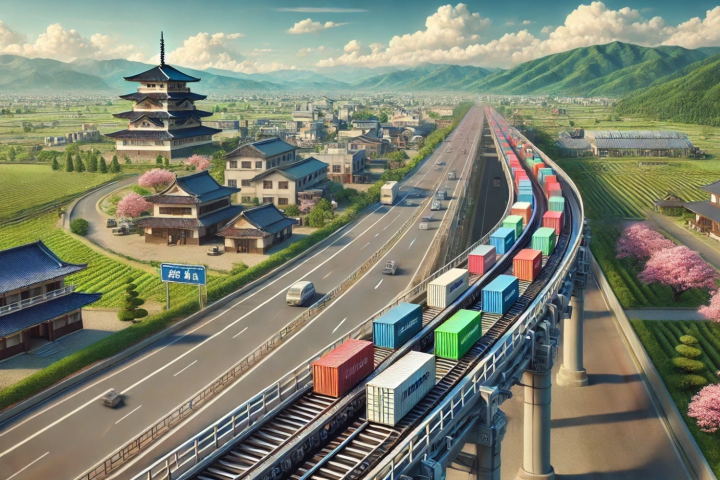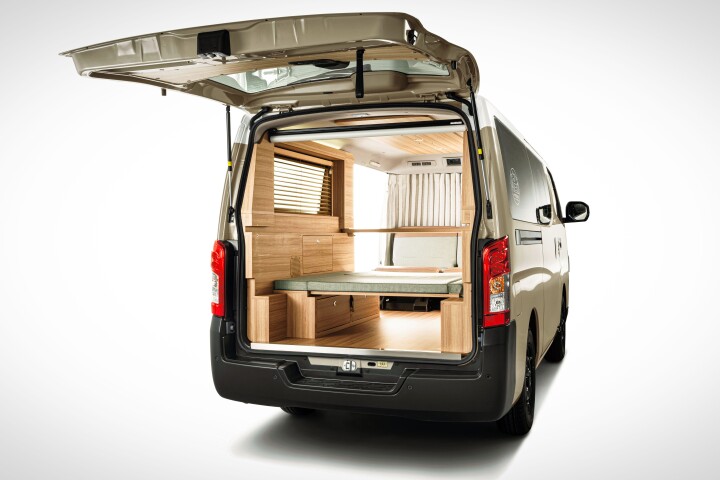Earlier this year, a giant cable was laid between Japan and the United States to deliver 60 terabits per second (Tbps) of bandwidth under the Pacific. While we reported on some of the cable's particulars, what really intrigued us was exactly what went into such a massive undertaking. So, as part of our regular One Big Question series, we asked Kenichi Yoneyama for more details. Yoneyama is the chief project manager of the submarine network division of NEC Corporation, the group responsible for the cable's development.
Here's what he had to say:
The cable is really long; about 9,000 km (5,592 mi) had to be installed across the Pacific Ocean. So the first concern was how to manufacture the cable and purchase the right materials as well as manage the vessel that would deliver the cable. We also needed to consider getting the permits for the project, as well as closely monitoring the weather over the Pacific Ocean.
It was also important to work out the correct layout based on the cable's composition. The cable was laid from the United States to Japan on a 140-meter-long ship (460 ft) that took about two months to make the journey. That means the cable had to be spooled correctly to unroll the right way as the vessel traveled.
The cable itself is actually composed of a variety of thicknesses. There are lightweight sections that have minimum protection and insulation, and single- and double-armored cables that are more sturdy, but take up more room on the spool. The very center of the cable is the fiber optic portion, next is a steel casing to protect the fibers, then there's a copper sheath that conducts the electricity, and there's a polyurethane sheath that is used for insulation.
The lightweight cables are for installation in deep water because there is no fishing activity there. But in very shallow water, there is a lot of fishing activity and there might be anchors dropped, so we use the double-armor cable. Most of the length is the lightweight variety.

To determine the cable layout, we had to conduct a route survey, look into permitting issues and check with various fishermen associations to see where the main fishing routes were. There was a company who provided us with a seabed map, so we relied on that to choose the route for the cable. As part of the route survey, we also had to check on the actual seabed condition and make sure there were no obstacles like abandoned ships in the way. All of this had to be considered and planned before we could begin to manufacture the cable at our plant. It's a continuous cable, so any mistakes or changes would have a dramatic impact on the manufacturing process.
While most of the cable simply drifts down to the ocean floor after we remove the floats that keep it from dragging during installation, sometimes we buried it using a special underwater plow depending on the location and condition of the seabed. That was to protect it from trawling fishermen. If their trawling gear got close to the cable, it could cut it, so we buried it in those areas.
Another concern was supplying power to the cable and the repeaters that boost the signal along its length. This was accomplished by two stations at either end of the cable – one in Oregon and one in Japan, at Chiba prefecture east of Tokyo – that generate almost one ampere of power. One station supplies the positive power and the other station supplies the negative power. The current flow then goes from one station to another.









